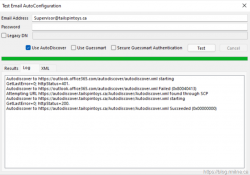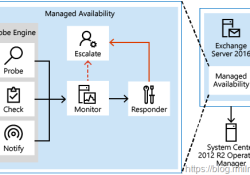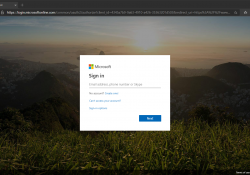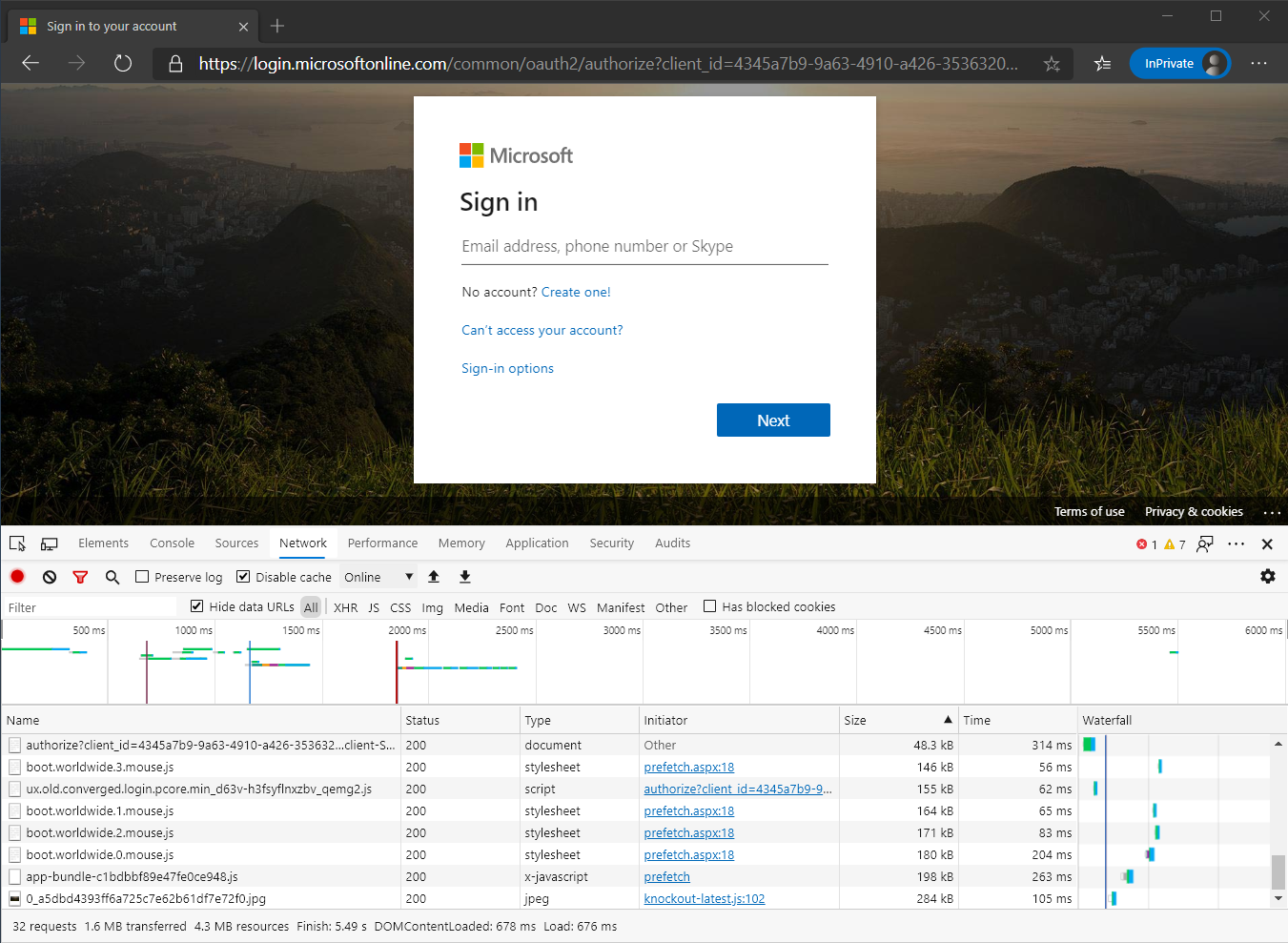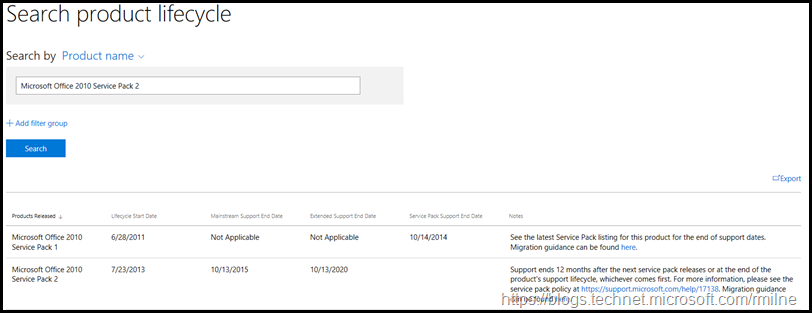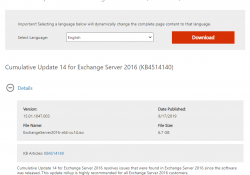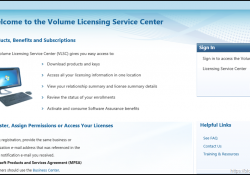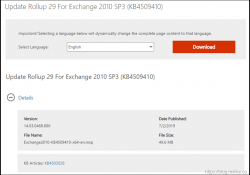Outlook 2016 Autodiscover Implementation
It’s time that we revisited the implementation of Autodiscover in current builds of Outlook, as there have been some changes that are worth noting.
The latest public article which discusses Outlook and Autodiscover is: Outlook 2016 implementation of Autodiscover.
You can take a look at the previous posts on the blog which feature the #Autodiscover tag. They show the "classic" Outlook 2007 impl… Read the rest “Outlook 2016 Autodiscover Implementation”
